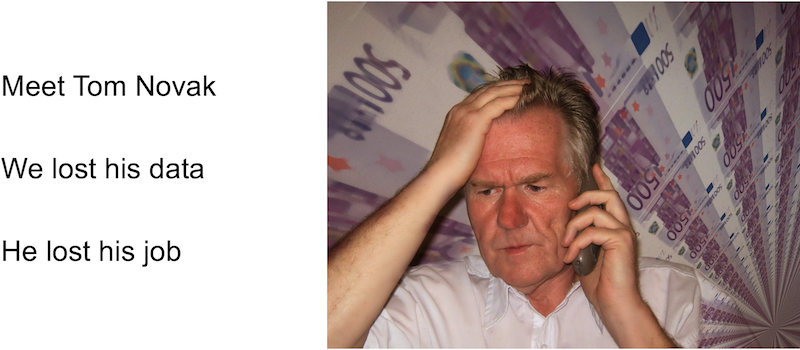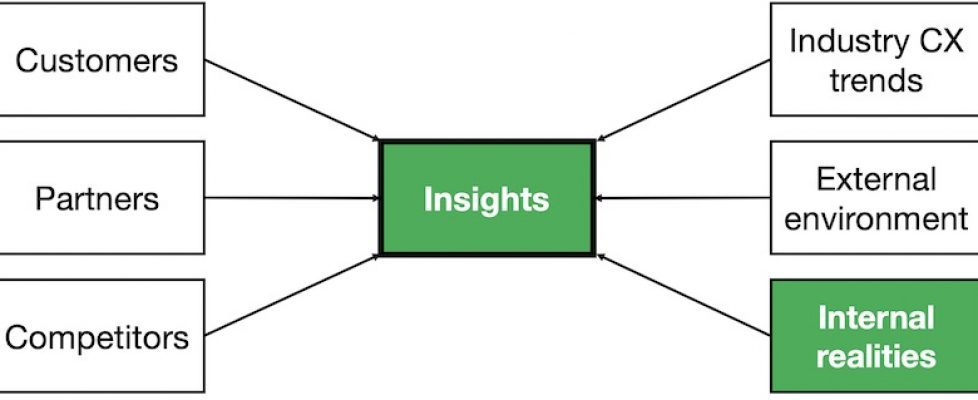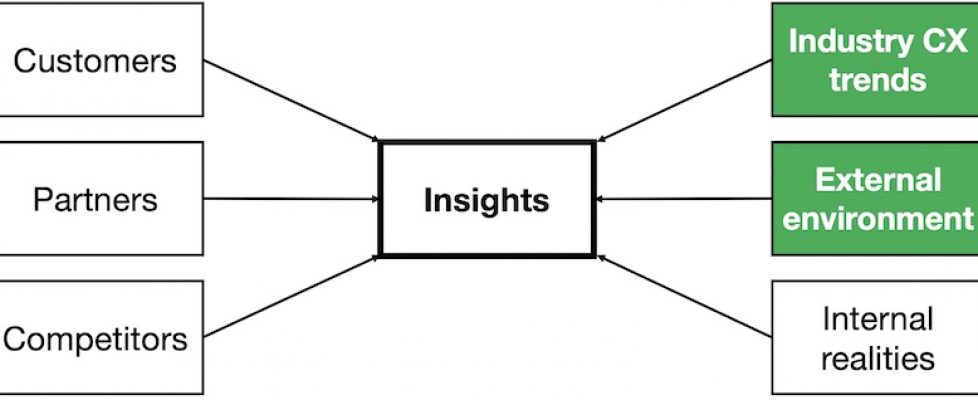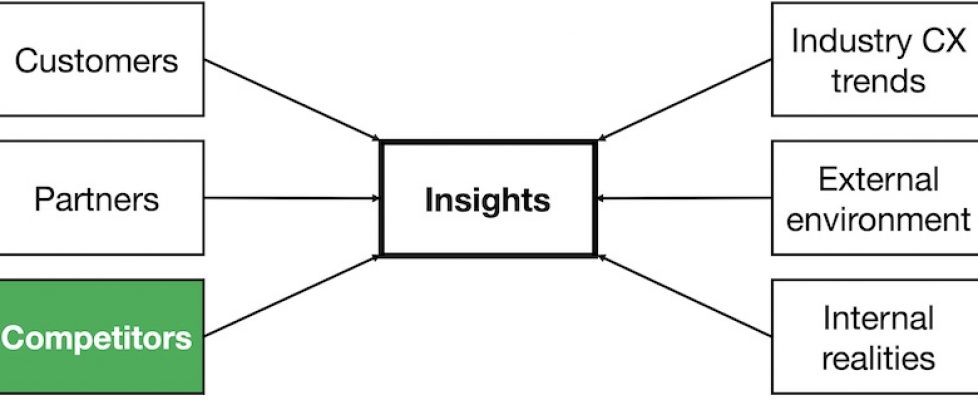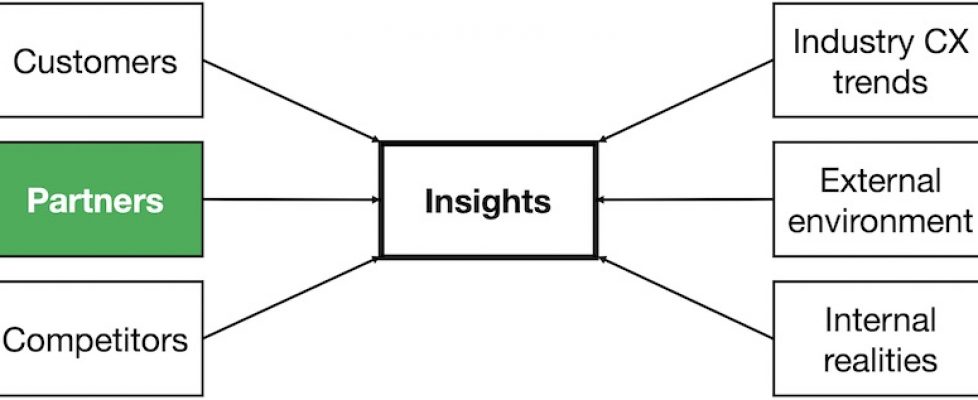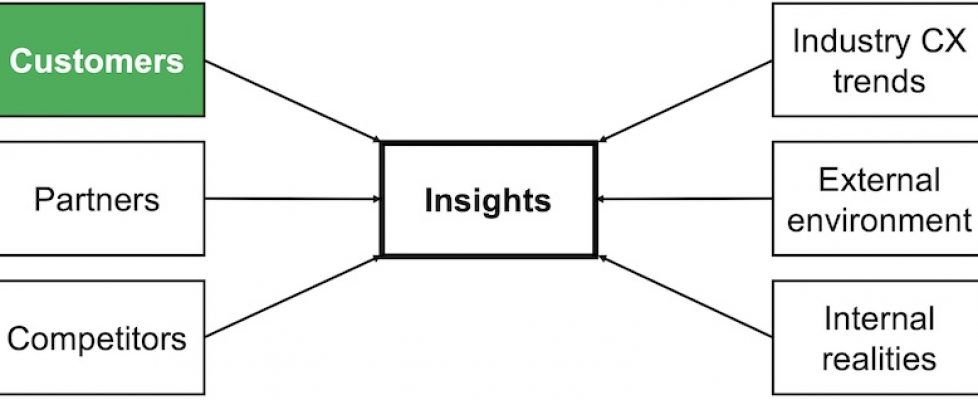Nudging customers to do what they should (2-minute read)
In their book Nudge, Richard Thaler and Cass Sunstein explain that people are poor at choosing among options, and can quite easily be ‘nudged’ or pushed gently to make a specific choice. They promote the concept of ‘Libertarian Paternalism’, encouraging leaders to nudge all of us in directions that give us the greatest long-term benefit. There is a single important principle that permeates their work: humans need well-chosen default options for their major and minor choices in life and as consumers. They also need to be able to change the default choice.
Libertarian Paternalism
The authors give an example of what they mean using the experience of employees at the University of Chicago. They have a subsidized health plan that comes up for renewal each year. They receive paper and email information about the available plans well before the renewal deadline. The question is what should happen when the employee forgets to renew. Should the default be, for example, to continue the prior year’s plan, or to reset them to having no health plan. Except for the economically desperate, it seems unlikely that anyone would reasonably want to cancel their (say) $1,000 per month family health plan that is matched by equal funding from their employer. Libertarian paternalism suggests that the default choice, preselected in the online form, should be to continue the current plan.
Relevance
All companies and government institutions present their customers with choices. The companies providing the choices have a much deeper understanding of the consequences of the choices than the customers do. This is where companies can and must actively suggest the choices customers should make, rather than leaving them with a list to choose from. Assuming the statement is true, a way of handling the issue would be to say, “most customers like you choose this option.” I suggest being more active.
Retail bank example
Consider the example of hardware maintenance for a retail bank’s infrastructure. Let’s suppose we are only talking about what they need to run the front office while the physical bank is open, from Monday to Friday. I remember an example from when I worked at Digital Equipment Corporation (DEC). A UK bank had contracted to have a one-hour on-site support service, Monday to Friday, in working hours. That seemed quite logical until a disk failed in a RAID array. These are massively redundant, and failed disks do not need immediate replacement. One of our people was at their office within 30 minutes. The customer said they could not deal with this during working hours, and asked them to come back the following day, a Saturday. They did not have a contract for this. With a bit more thought, our default option for retail banks could and should have been 24×7 service. We wrongly thought we should just give them a set of choices, and they chose the one that cost the least. We should have used our experience with other banks to nudge them to a better default, even though it would cost them more.
So, and with a totally out of context Monty Python reference: Nudge nudge, wink wink, I will say no more.
The above is a slightly-edited version of a chapter in our book Customer Experience Strategy – Design and Implementation. All of our books are available in paperback and Kindle formats from Amazon stores worldwide.




